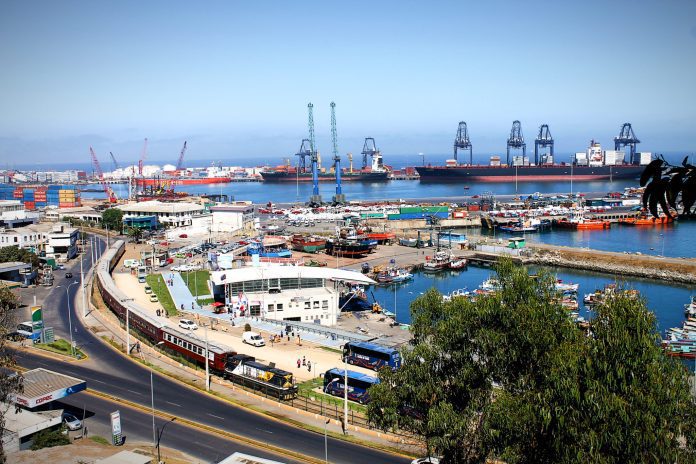Nokia is to deploy a private LTE network at the Port of San Antonio in Chile, the country’s main maritime port, handling almost 50 percent of the country’s import and export trade. The Finnish vendor was selected by the port operator, San Antonio Terminal International (STI), to deliver LTE broadband connectivity, based on its Digital Automation Cloud (DAC) solution, for improved network predictability in piers and yards, said Nokia.
Nokia will also provide the RAN network, plus edge compute resources; it will also provide “training, implementation services, and remote support”. Nokia called it “the first industrial-grade private LTE network in a port terminal in Chile”. (Claims about the primacy of private network deployments in South America, where momentum is starting to build, are written into every Industry 4.0 press release from Nokia, as well as its traditional rival Ericsson.)
STI handles container packing, weighing, storage, inspection, cargo management, and related services at the port, 110 kilometres west of San Antonio in the Valparaíso region of Chile. Its new LTE network is for (“reliable” and “pervasive”) broadband, mainly – for workers, plus for sensors, equipment, and vehicles. It will cover an area of 31 hectares. Future use cases for remote and autonomous crane operations within the piers and yards are scheduled.
A statement said: “STI’s goal is to move towards becoming a digital port and the basis for this is to have a state-of-the-art, high-performance network for industrial use, which will allow – for example – transmission of data with higher quality, five times faster and with more reach. In this way, it will continue to optimise its operation and service, catching up with the main ports in the world.”
Marcelo Entreconti, head of enterprise at Nokia in Latin America, said: “By deploying an industrial-grade private wireless network with STI, the port will have a robust, secure and predictable wireless connectivity platform. With this project, STI takes an important step in its digitalization journey, improving safety and productivity with a future-ready platform also capable of supporting digitalization and automation use cases.”

